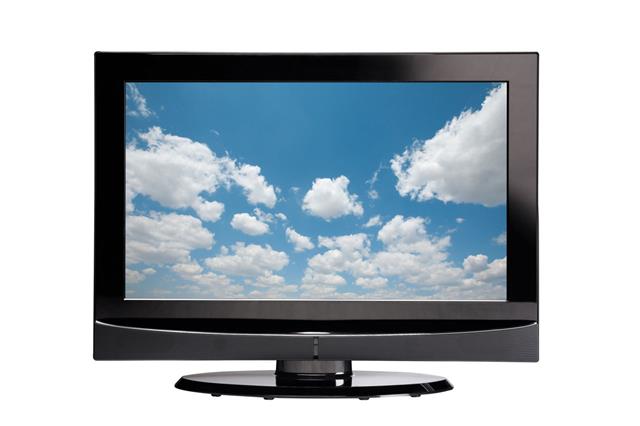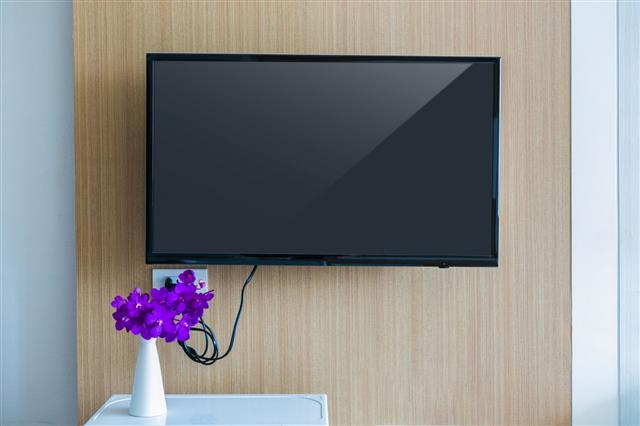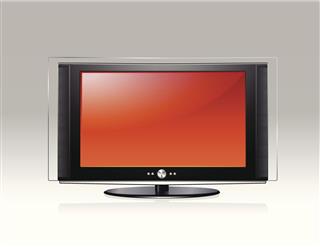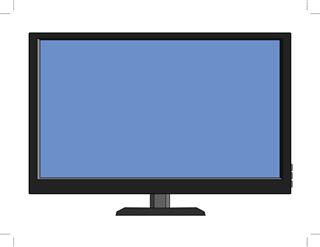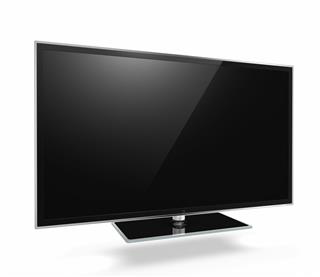
LCD and LED TV sets are vying for a share of the television market today, and one factor that everyone looks at closely, is the lifespan of each of these TV sets. The different lamps used in both influence their lifespans, and this is a decisive factor for many people. In this Techspirited article, we shall talk about the lifespan of each.
Flat screen HDTVs have become very common in the consumer electronics market today, but they do cost a pretty penny. If you are shelling out a few hundred dollars for a television set, then you definitely need to know everything possible about the technology used before making the purchase. LCD and LED TVs are perhaps the most popular HDTVs in the market today, but there are some major differences between the technologies that are incorporated in both of them. As a result of this, the lifespan of each of these TV sets is very different, and for many consumers, this is a decisive factor.
For a certain type of consumers, the purchase of a TV happens once in a decade. For such people, the lifespan of the TV set is far more important than any other factor because they just want the TV set to last as long as possible. The picture output on an LCD TV and an LED TV is great in its own right, but for these people, this parameter is not important at all, and they are more concerned about how long the TV is actually going to function for them.
It is generally claimed that an LCD TV would last for around 75,000 hours. This is just an average estimation, and some LCD TVs could even last longer if the conditions are optimum. There are several external factors that could affect the lifespan of an LCD TV. The temperature in the room where it is kept, and the manner in which it is used, are the most prominent ones. LCD TVs are backlit by fluorescent lamps, and it is a fact that over time, these lamps become dimmer and less effective, and this affects the quality of the picture that is produced. This is not the only problem that LCD TVs face over time as the color output of the TV is also affected after some time, and this will require one to calibrate the LCD TV with alarming regularity after a few years.
When it comes to LED TVs, the light source does not stem from the fluorescent lamps, but from LED lamps instead. This bulb technology is superior and longer lasting, so they do tend to win the lifespan comparison between both. The problem of the bulbs getting dimmer over time and the color gamut getting affected is also not as intense in LED TVs, so they do represent the better buy since they last much longer. They are costlier than LCD TVs though, so this price difference is one that the buyer must be willing to bear. It is generally assumed that an LED TV offers around 100,000 hours vis-a-vis an LCD TV. But you must remember that this lifespan depends highly on the level of contrast that the TV set plays at. A higher contrast setting leads to a shorter life since the LED lamps have to work harder to produce the same colors, and this contrast setting will highly depend on the ambient light in the room where the TV is viewed.
The key here is to make use of some methods in order to prolong the lifespan of the TV set, and this can be done with a little attention to detail. The difference can be a few thousand hours of video playback on your TV set, so it will definitely be worth it. Here are some tips to keep in mind for this purpose.
- Ensure that the temperature of the room is around 75 degrees Fahrenheit.
- Make sure that the lighting conditions in the room are not too bright.
- Do not turn the contrast settings of the TV to as high as possible.
- Do not let a static image remain on the screen for more than a couple of hours.
- Do not leave the TV set switched on for days continuously.
Following these tips will not improve the lifespan of these TVs unrealistically, but they will make a minor difference. When an individual is spending a fairly large amount of money to buy these TVs, he should make it a point to improve the longevity of the TV set through any means possible.
To conclude, LED TVs offer a longer lifespan, but their failure rate is much higher due to the large number of LED lamps that are present inside.




